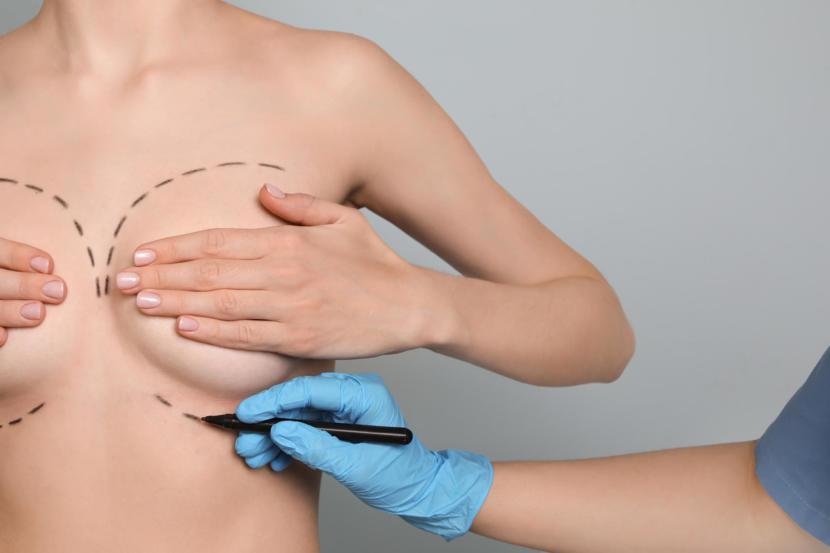Breast Augmentation Basics

Dr. David Tauber is a Plastic Surgeon specializing in the natural augmentation and aesthetic sculpting of face and body. He completed both the Plastic Surgery Residency at Albany Medical College and the Fellowship in Aesthetic Craniofacial Surgery at the Harvard-Massachusetts General Hospital. Dr. Tauber combines his knowledge... more
What is a breast augmentation?
A breast augmentation (insertion of implants) is often performed to replace volume lost from weight loss, breast-feeding, or age or to increase the size of the breast for aesthetic reasons. It is most appropriate for patients with breasts that don’t sag (normal ptosis). In patients with breasts that sag, the need for a lift is determined by your current nipple position and the quality of your tissue.
The implants can be placed over (sub-muscular) or under (sub-glandular) the pectoralis muscle. Advantages to sub-muscular implants include a lower risk of capsular contracture, lower chance of rippling, better coverage in thin women, and perhaps a more natural upper pole contour. Implants placed under the muscle can, however, be influenced by the contraction of the pectoralis muscle – especially in very athletic women.
Native Breast, Sub-Glandular Implant, and Sub-Muscular Implant
Implants placed over the muscle, in contrast, are more visible. This results in larger looking augmentation and a sharper transition between the natural breast and the edges of the implant resulting in a more done look. Additionally, in thin women, the folding of the implant in the sub glandular pocket can manifest as rippling of the skin.
There are a variety of implant types, shapes, and styles and the implants are most often inserted through one of two different small incisions. These include 1) an incision around the lower half of the nipple areola (peri-areolar), or 2) an incision in the breast crease between the breast and the chest wall (infra-mammary incision). The choice of incision is based on multiple factors including surgeon preference, patient preference, patient anatomy, and / or type of implant.
Breast Implant Incisions
What is the recovery like?
After surgery, the breasts swell from the trauma of surgery and the tissues become edematous. This combined with the tightness of the skin and the squeeze of the pectorals muscle on the implant can give the implants a high and flat appearance as the round implants are squeezed like a pancake against the chest.
As the swelling subsides and the tissues begin to stretch from the weight of implants, the breasts begin to settle. Over the next few months, the implants settle and the soft tissue and pectoralis muscle relax. The shape changes from high and tight to lower and fuller as the implants round out and more of the implant is in position to provide lower pole projection.
This “drop and fluff” often occurs over the first few months after surgery as the edema finally escapes and the soft tissues relax. This process is often asymmetric as the breasts relax and settle at their own rates. It will take 3 to 6 months to see a final result – although for some patients this process occurs faster.
What surgery is right for me?
A detailed examination will help delineate the best surgical treatment. The goal of a breast augmentation is to create an aesthetic breast with the size, shape, and projection that is desired by the patient. Deciding on the type of surgery and the size, shape, and position of the implants is based on the patient’s anatomy, the type and size of the implant, and the patient's preferences.
During your consultation, measurements of the breasts are used as a starting point to recommend a surgery and in-office sizing and digital three-dimensional computer simulations are used to help guide your implant choices.








